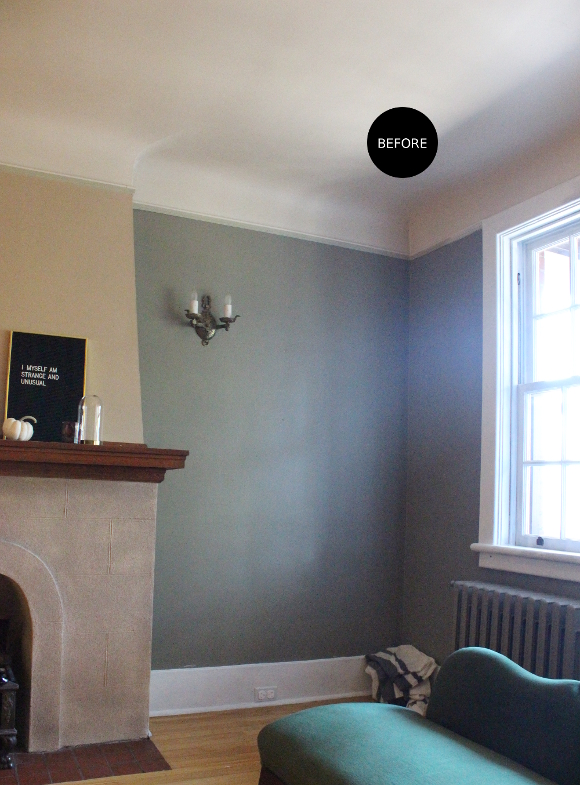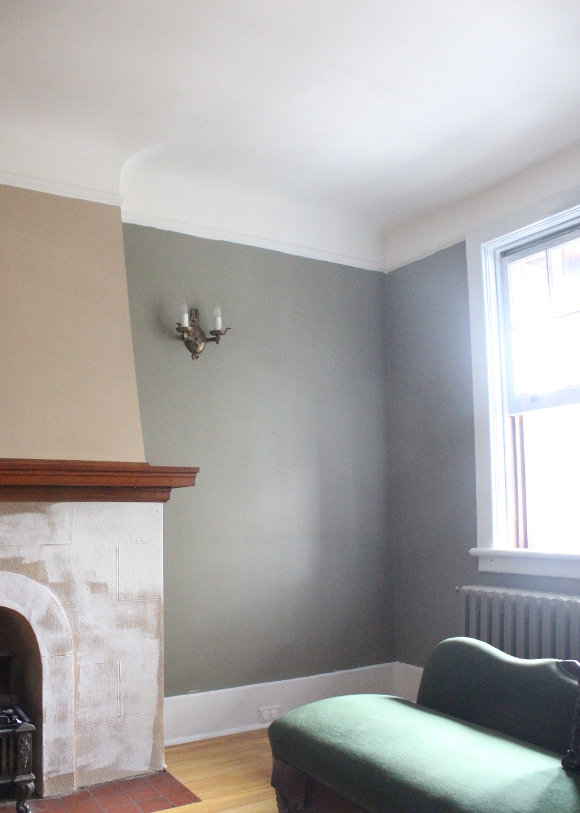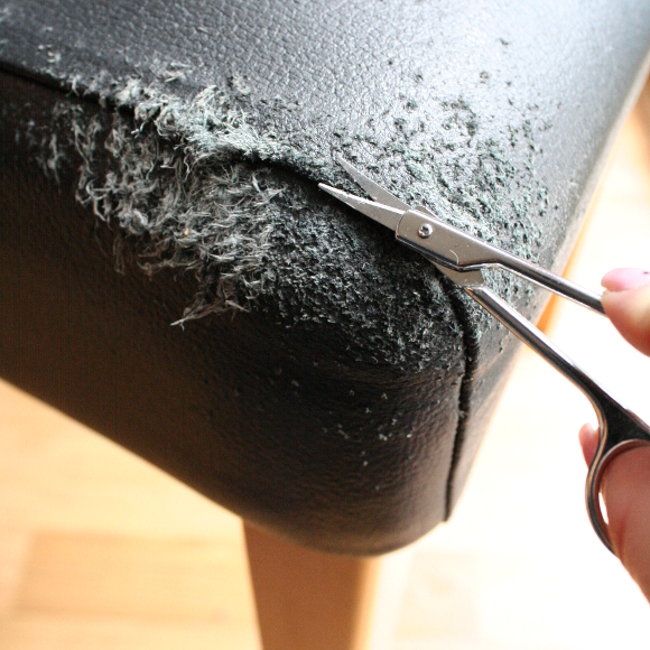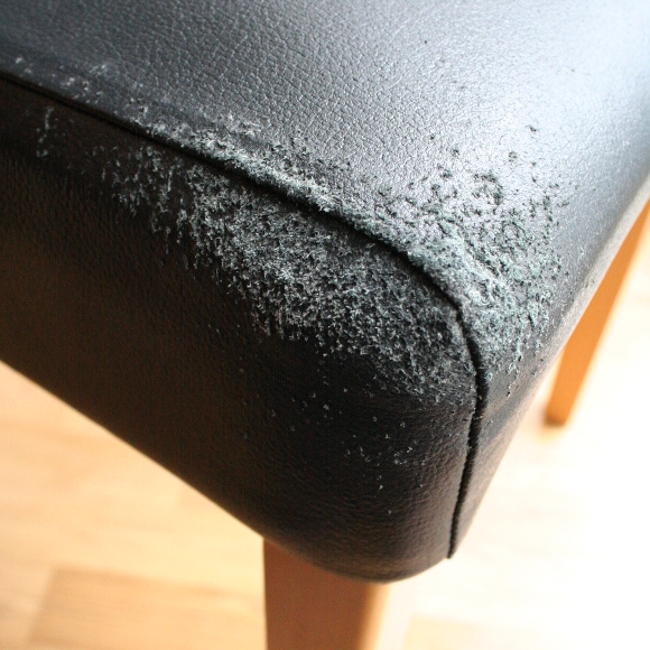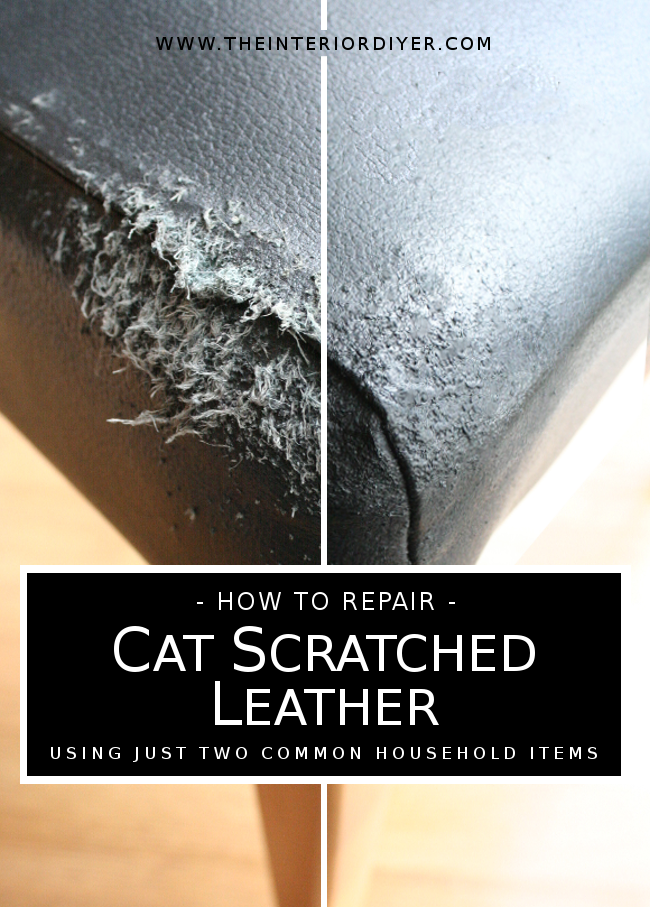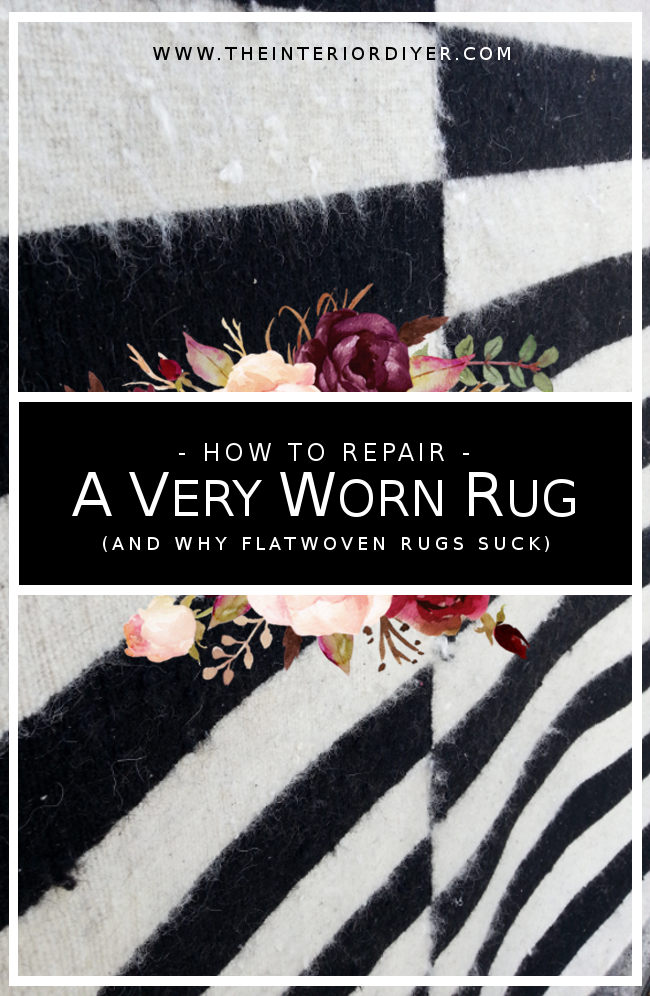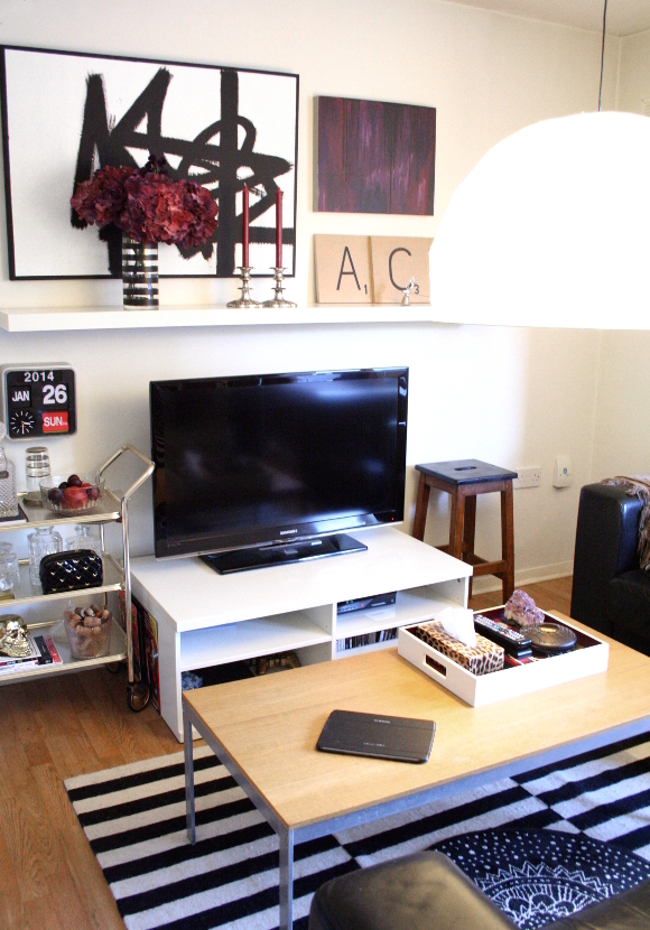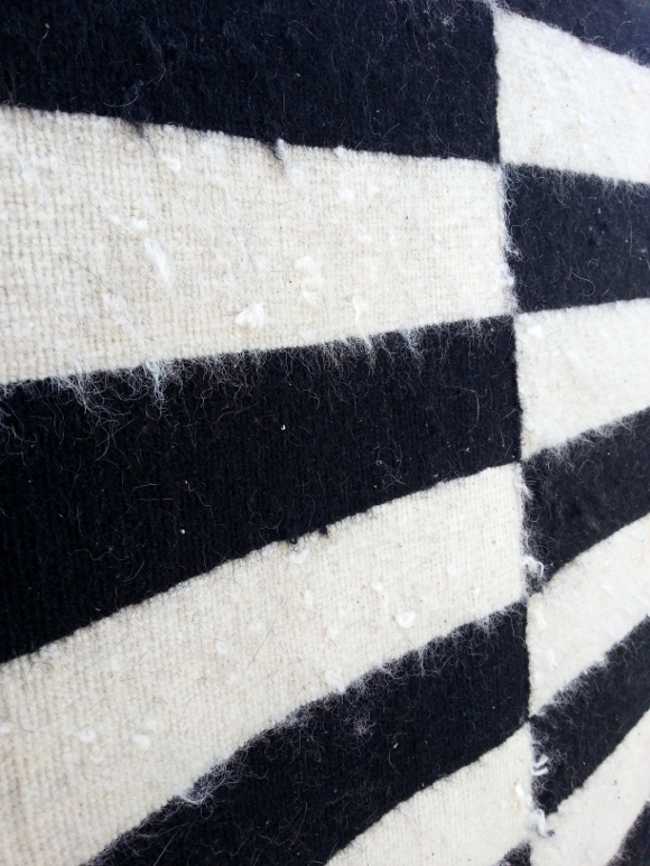I’ve been blogging for 7 years now and I will be the first person to admit that in the beginning my projects were terrible. I used regular wall paint on furniture, I glued things together instead of buying the hardware it needed, I wouldn’t wait the recommended time between coats [because I want it done NOW], I’d skip steps to speed up the process and I went for the cheapest option vs. the option that was most suitable and would last the longest. It was definitely a mix of my age at the time and inexperience, but I’m quite proud of how far I’ve come these past years.
A lot of how I now treat projects I owe to two of my favourite bloggers; Anna Dorfman of Door Sixteen and Nicole Balch of Making it Lovely. I started following both women around the same time I started my own blog. Two [of the hundreds] of their projects that stand out the most was one of Anna’s posts about updating the cast iron radiator in her kitchen and a post of Nicole’s was when she was updating the sink nook in their walk-in closet. I don’t know why, but these posts stand out the most out and from time to time I think about them. Effort and research went into both [seemingly straight forward, but not] projects. They took their time and weren’t done in a day. If they needed more time, they took it. They didn’t take the fastest route. I remember being so interested in both posts and their surrounding projects. Both Nicole and Anna often do research into the history of whatever piece their working on and manage to make the intricate updates and processes interesting. I mean, radiators and filler don’t particularly scream ‘exciting’, but I was captivated by both projects [and about 1,000 of their other projects] and the underlying theme of doing something properly.
It’s not a great example because it’s the only project I’m working on right now, but case in point – our living room. When we moved in it had a beige ceiling, grey walls, two shades of grey on the picture rail, grey painted trim, windows and doors. For a few weeks I considered what colour to paint the walls and on Friday I bought paint for the living room. Knowing it will make the biggest impact, I want more than nothing than to paint the walls. But another part of my brain reminded me there’s an order to things – the ceiling should be painted first because it makes the most sense [working from the top down etc]. So on Saturday I painted two coats of white paint on the ceiling. It was exhausting but it looked fantastic compared to it’s previous beige! However, on Sunday morning reality hit and I realised it needed another coat.
Did I want to climb up that step ladder, pinch my hip countless more times and crane my neck for another 4 hours to paint another coat on the ceiling? HELL NO RIGHT HERE 🙋 But I did it because I knew it wouldn’t be done properly otherwise. Yes, the ceiling looked good after two coats but it had ever-so-slight shadows of uneven paint. I painted another coat and it now looks immaculate compared to its previous self. Yes, it was annoying as fuck having to do that last coat and on a Sunday. But which was worse? A few hours of extra painting, or the next X-number of years looking up at the blotches of uneven paint that irked me? During those few hours on Sunday morning before I painted the third coat all I kept doing was looking at the damn blotches so I knew if I didn’t do another coat, my eye would keep getting drawn to them.
What I’ve learned over the years is to take your time and think about the right way something should be done. If you’re not sure, ask in your local hardware store or Google it. If it takes another week to get a project done, it takes another week. I had to learn a lot about patience over the years and I’ve learned to appreciate not taking the easy route. And I have Nicole and Anna to thank for that.

